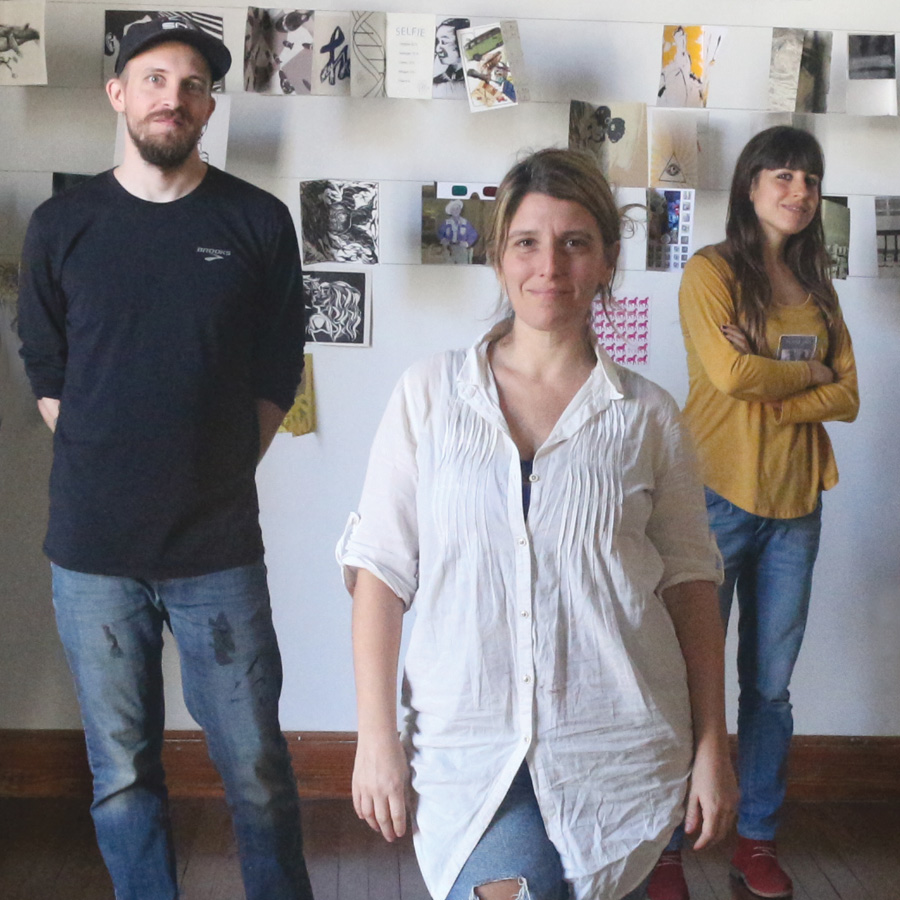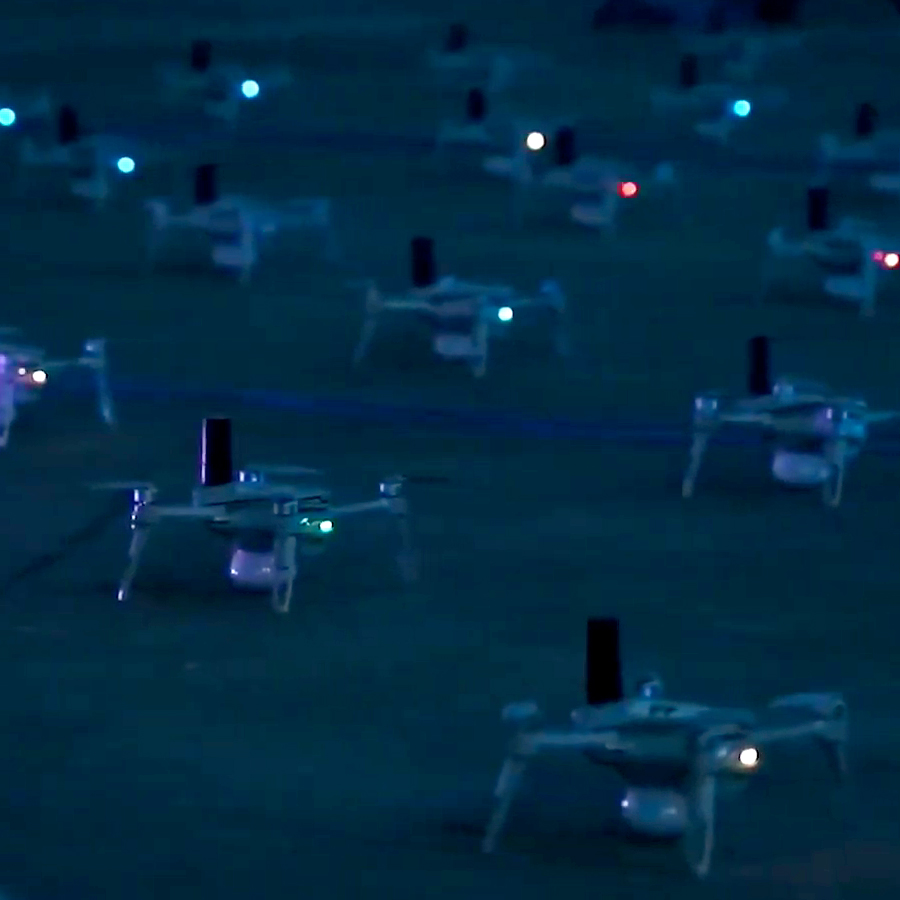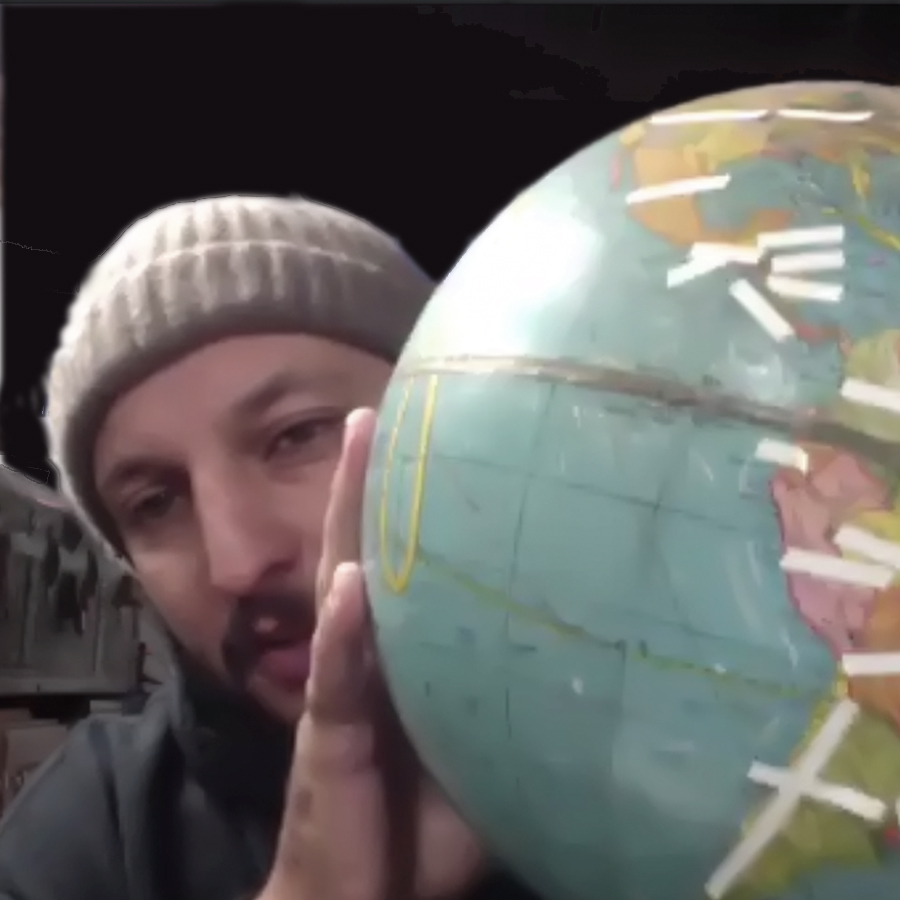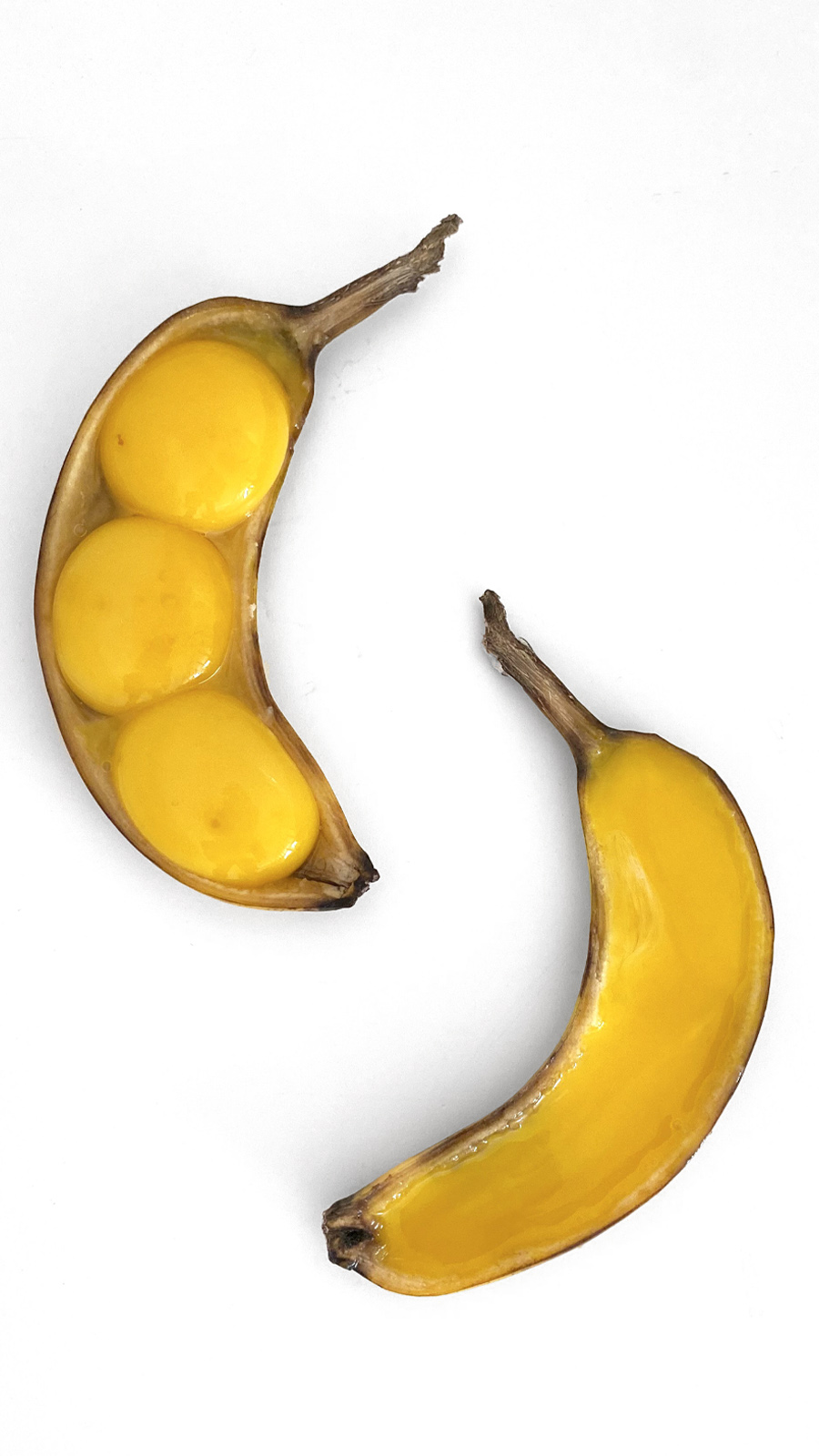Artists
United States of America
Trisha Gupta
#6: Future
02.06.21 30.06.21
Trisha Gupta is a contemporary artist, a community activist, an educator and a multidisciplinary artist.
She works with textiles, paint, printmaking, and a variety of diverse mediums. Her work is heavily influenced by social inequality and she explores themes of mental health. She advocates for neuro-diversity and for tolerance.
ARTIST STATEMENT
I believe that neuro-diversity is as important as biodiversity. I deeply believe that reality is a subjective experience, and that the only way to create a single reality is to standardize people’s experiences and genetics. For me, I am very interested in narratives that show diversity in the way the mind processes, remembers, or deals with information. And I am drawn to individuals with PTSD, complex trauma, psychosis, and other mental illnesses.
As an artist, the frontier for me is the lack of cross cultural competence in modern health treatment. I am interested in how definitions of “normal” behavior are completely different geographically. And I am frustrated with how little modern psychopathology considers the effect of culture on an individual. As an artist, I have a background in mental health, art therapy, and occupational therapy. I have worked in a variety of different settings where individuals’ diagnosis are highly influenced by race and gender. Prisons and mental hospital wards are some of the most charged spaces for me. I am interested in understanding and respecting people and removing biases.
ABOUT #FUTURE
To address the #FUTURE theme, my group looked at the past and how it affects our perceptions of the future. In particular we were interested in experiences that seem to remove or isolate people from their timeline. I was interested, on one side, in narrative about incarcerated individuals who reemerge to a new and modern world after serving sentences. And in another side, in the experience of being ill and losing time to an illness. I was curious about the feeling of the world having progressed around a person without them. For me this idea of loss of time and reentering the future was my inspiration.
BIO
Trisha Gupta
1987 | Highland Park Chicago, USA
Lives and works in Burtonsville Maryland, USA
EDUCATION
2010 | BFA in printmaking from Washington University in St. Louis, MO, USA
EXHIBITIONS
2019 | The Art Students League of New York Printmakers’ Portfolio, The Old Print Shop Inc., NY, USA
2017 | Under 100, International Print Center, USA
2017 | E/AB print Fair, Totemic, Lower East Side Printshop, USA
2017 | The Art of Healing, Northern Manhattan Art and Cultural Alliance, Allen Hospital, USA
2017 | Truthiness, DA. Discordant Abstractions, Dubious Americans, Boston Print Fair, MA, USA
2012 | American Impressions Contemporary Printmaking, Shanghai, China
RESIDENCIES
2020 | Textile Immersion Program, Textile Arts Center, New York, USA
2020 | Helen’s Dress, Vamvakou Revival, Vamvakou, Greece
2010-2011 | Teaching Artist in Residence, Pyramid Atlantic, Silver Spring, MD, USA
COLLECTIONS
Manhattan Graphics Center Permanent collection, New York, USA
New York Public Library Permanent Collection, New York, USA
The Art Students League, New York, USA
National Print Museum, Dublin, Ireland.
Kranzenburg Art and Architecture Library, Saint Louis, USA
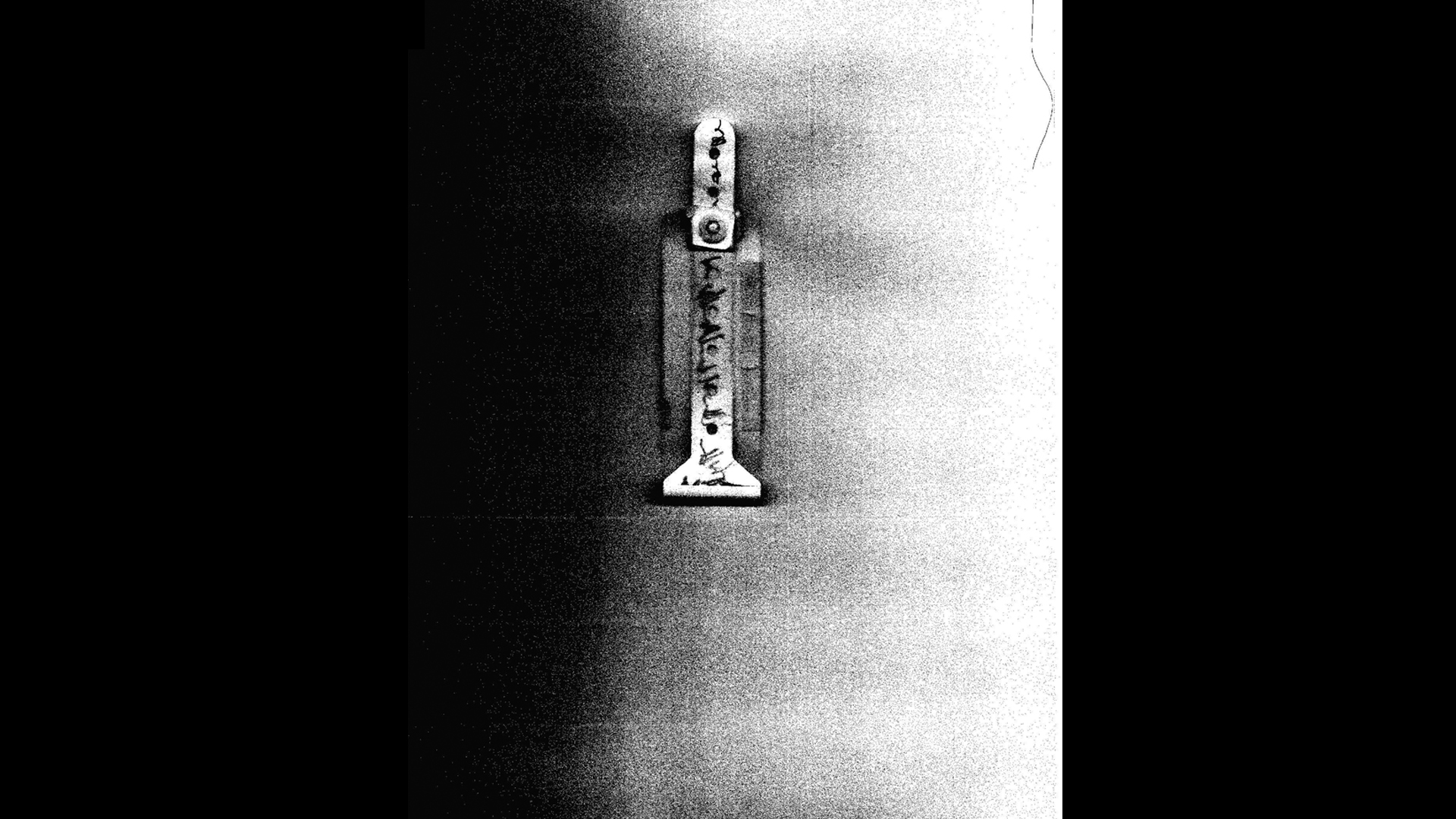
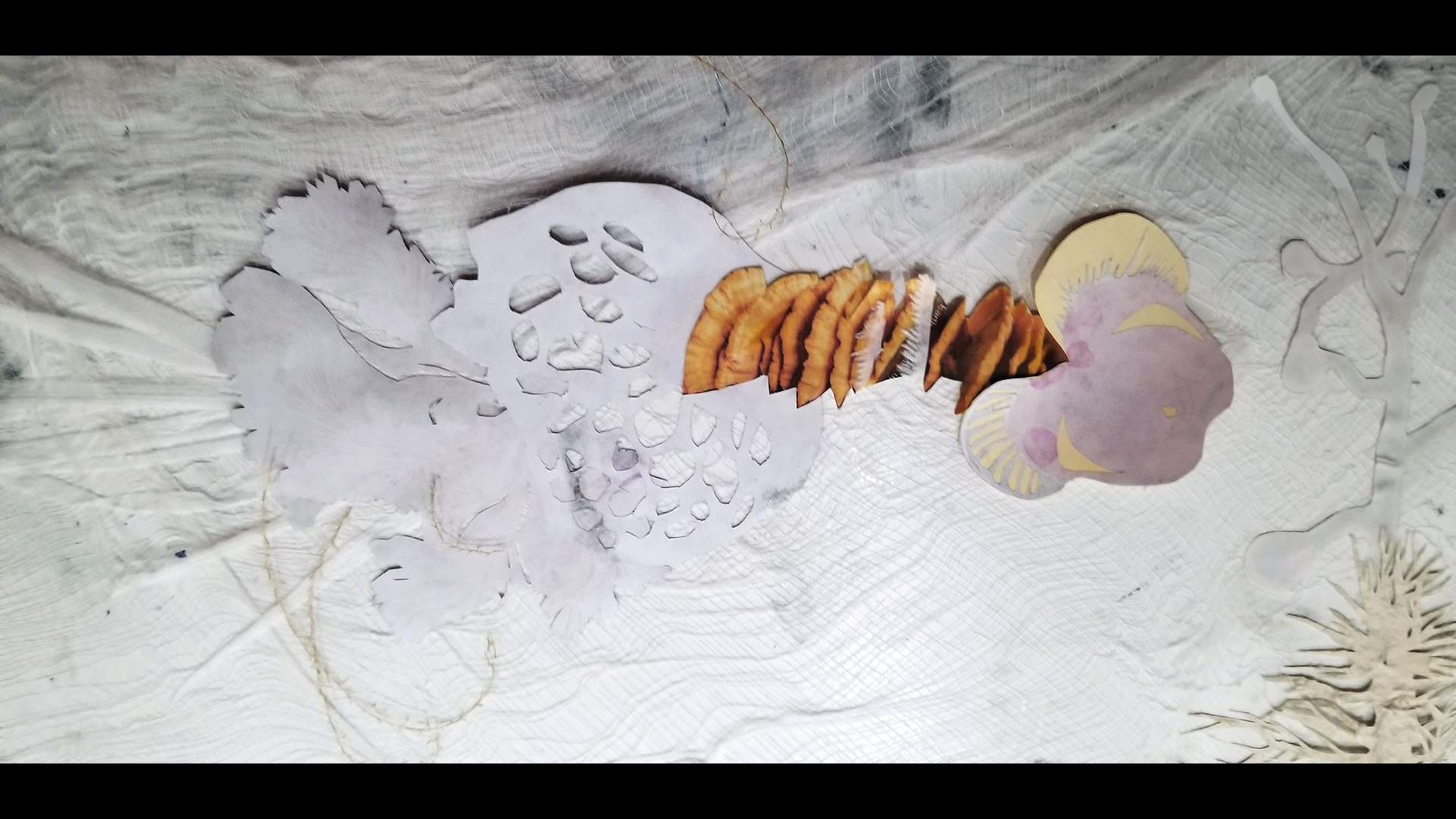

Related Activities
Encounters, Exhibitions
#6 | FUTURE: results
Artists in dialogue
14.07.21
“We must begin to educate ourselves, no longer in the critical exercise, but in the propositional abundance of ideas and worlds. That is the now of tomorrow ” CHUS MARTÍNEZ
#FUTURE (English cohort) was a new session of Together Apart through which we embarked into different considerations and proposals about and for the future. Taking as a framework artistic and conceptual references in relation to utopian and situated futures, the international cohort of artists worked individually and in collaboration, addressing the main theme through artistic practice, collective discussions and conceptual frameworks. This was a specially interesting cohort in regards to the articulation of disciplines and technologies. The working proposals were approached by creations that included printmaking to new media arts, textile arts and sustainable practices, including architecture and design. To mention only a few of the statements that the artists proposed, future was addressed as the negative space that implies how a form might move into it, future is the feeling of anticipation, future is the will to get back cancelled desires, future is transformation, future is restoration, future is expanding the present, future is a wheel spinning in its axis…
Transformation as a process to evoke the future was central in the work of many artists: transformation of materials (reuse, recycle, repetition, erasure), transformation of subjectivities (due to personal will or to external experiences) including gender transformation and approaches to transformations in our brain and body structures.
What other temporalities does the nature offer? Artists approached nature as the main master to explore life cycles, continuities of transformation and an endless source of wonder.
Nature and culture, considered in an imbricate dialogue and not as separate, allowed us to think in different timelines. Artists chose to work in collaboration with nature, from creating working materials from natural resources, as producing paper with plants, using poisonous leaves for an artistic gesture or exposing the artwork to outside atmospheric conditions for long periods of time.
The future of our artistic practices were also considered from proposals which would only unravel in the future or by creating a testament for the future distribution of artwork, even through taking care of the waste that art produces.
On July 14th we will make a public online presentation of all the collaborations which were initiated through this online programme and we will continue exploring through the practice such challenging and fundamental questions related to the future.
DANIELA RUIZ MORENO | Curator-in-Residence
Related artists
FUTURE VIRTUAL OPENING
July 14th, 2021
4PM GMT-3 | Argentina
Director
Alicia Candiani
General Coordinator
Andrés Knob
Curator-in-residence
Daniela Ruiz Moreno, connecting from Madrid, Spain
Guest Speaker
Joseph Scheer, connecting from Alfred, NY, USA
Assistant
Alen Iglesias
Artists
Diaa Ahmedien | Cairo, Egypt
Christopher Bradd | Toronto, Canada
Jess Carlock | Portland, OR, USA
Lindsey Clark Ryan | USA
Lucio Gorzalczany | Buenos Aires, Argentina
Beth Grabowski | Chapel Hill, NC, USA
Trisha Gupta | Burtonsville, USA
Lorena Pradal | Zárate, Argentina
Claudia Roselli | Florence, Italy
Carrie Scanga |Portland, Maine, USA
Char Schwall | Kansas City, MO, USA
Rachel Singel | Louisville, Kentucky, USA
Kelsey Stephenson | Edmonton, Alberta, Canada
Clare Thomas |Victoria, BC, Canada
Gerry Trilling |Kansas City, MO, USA
